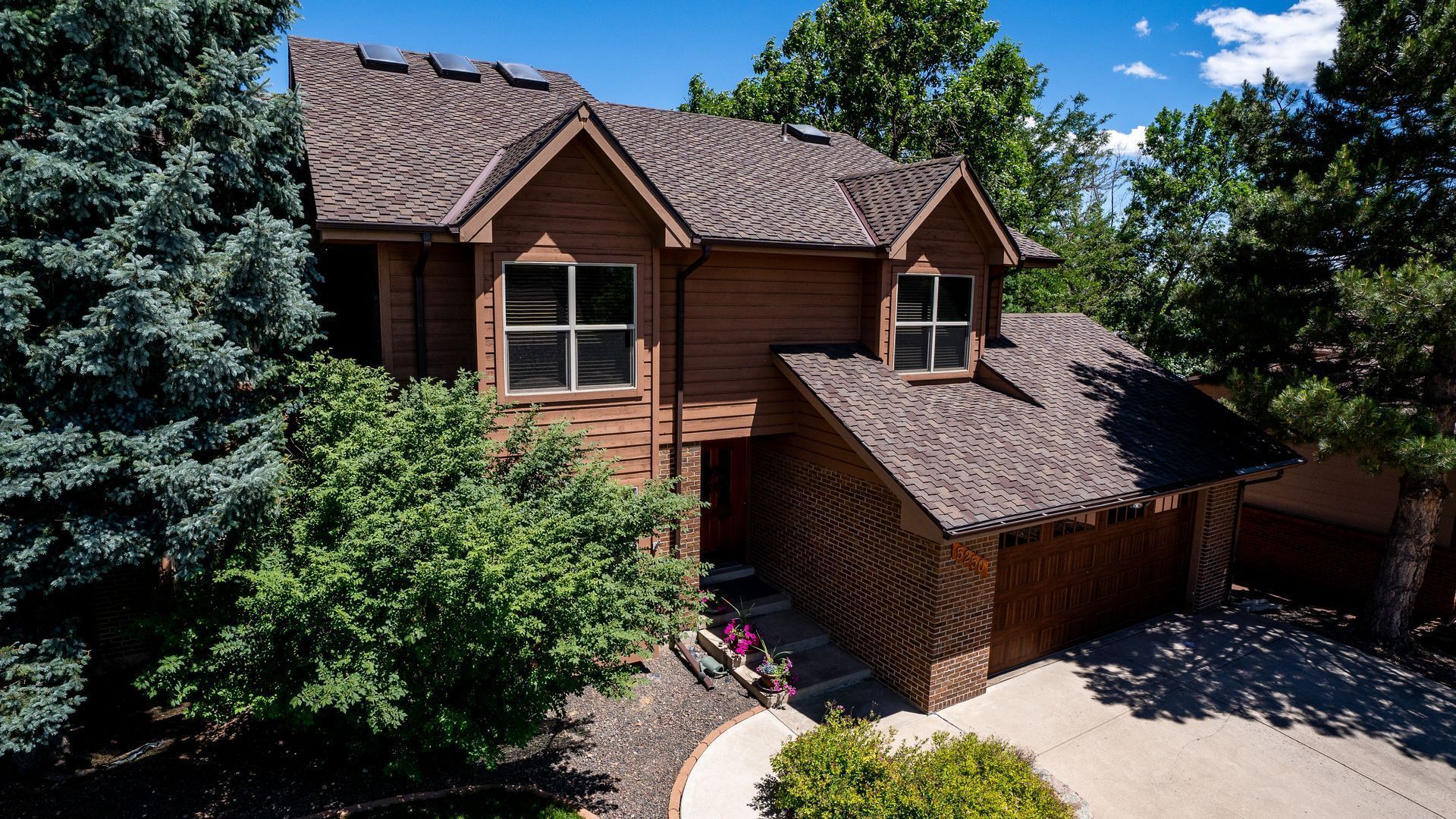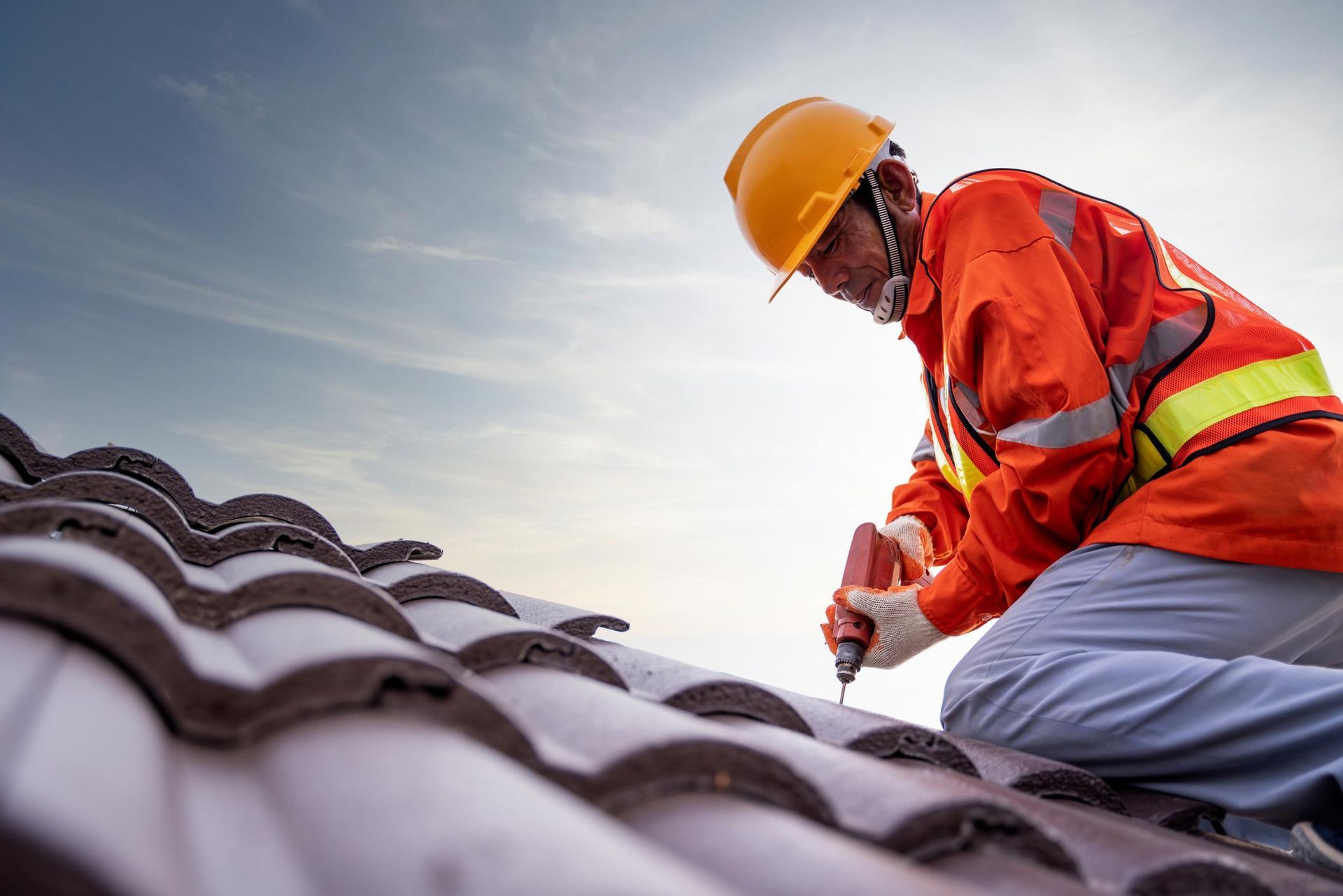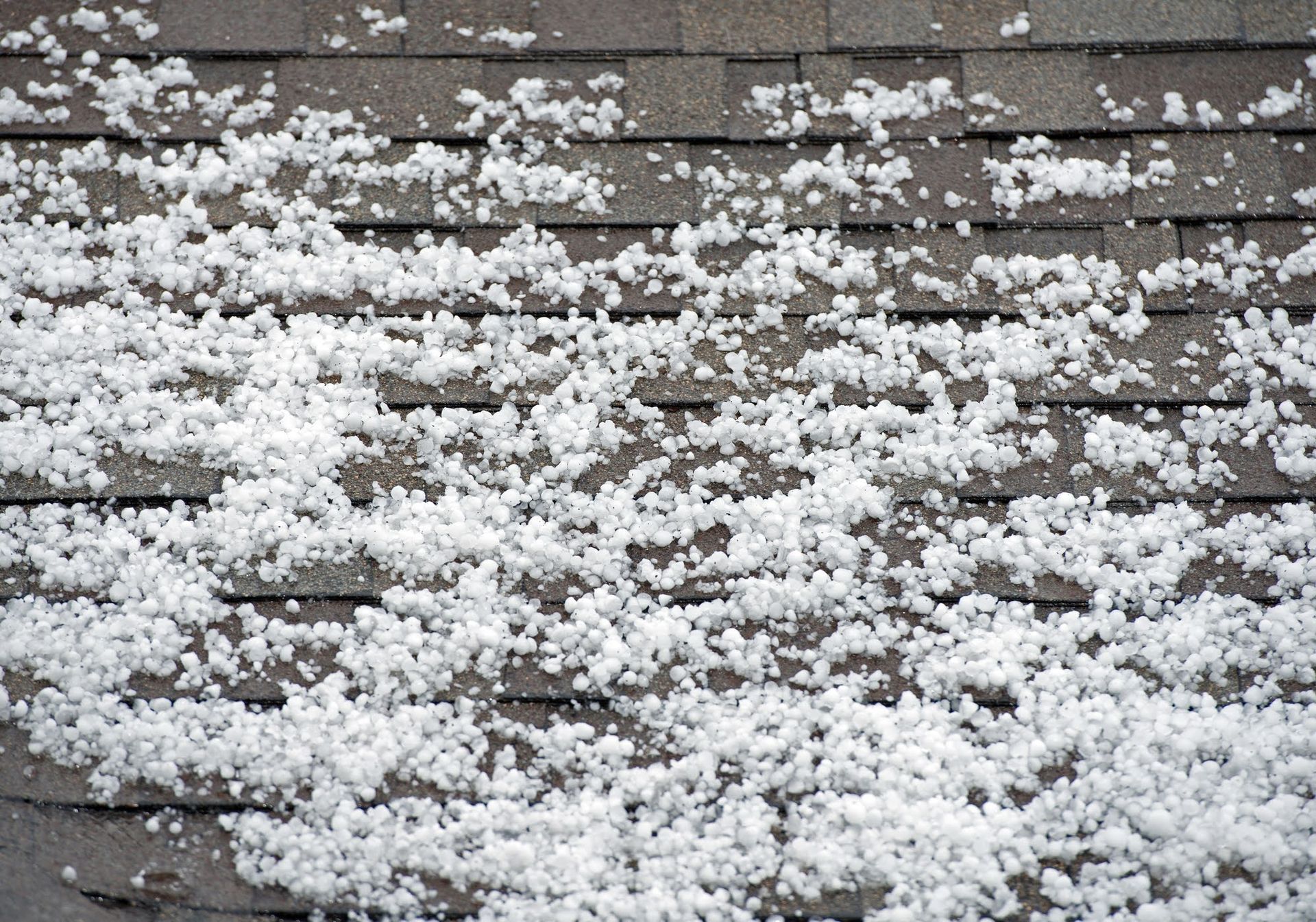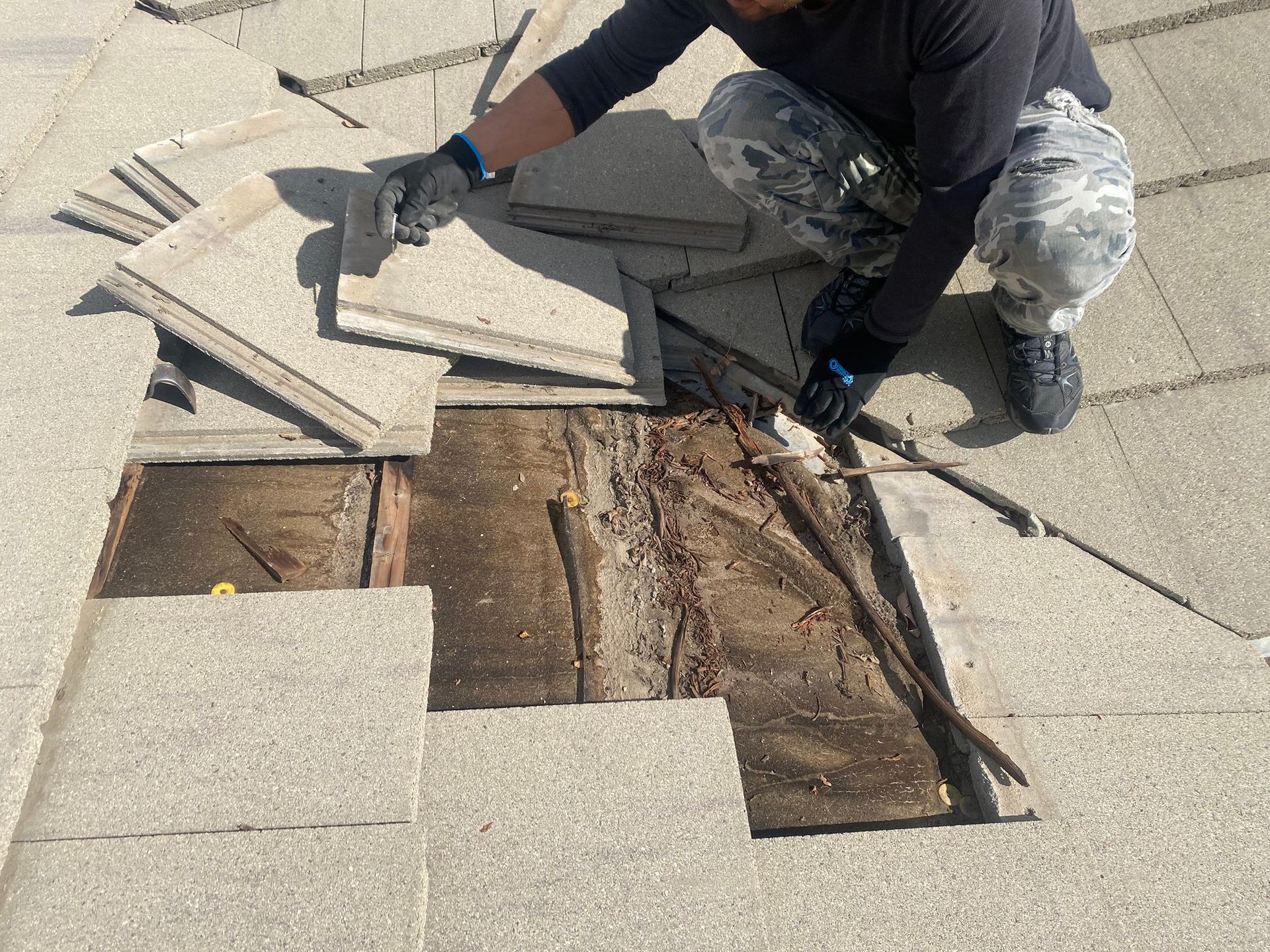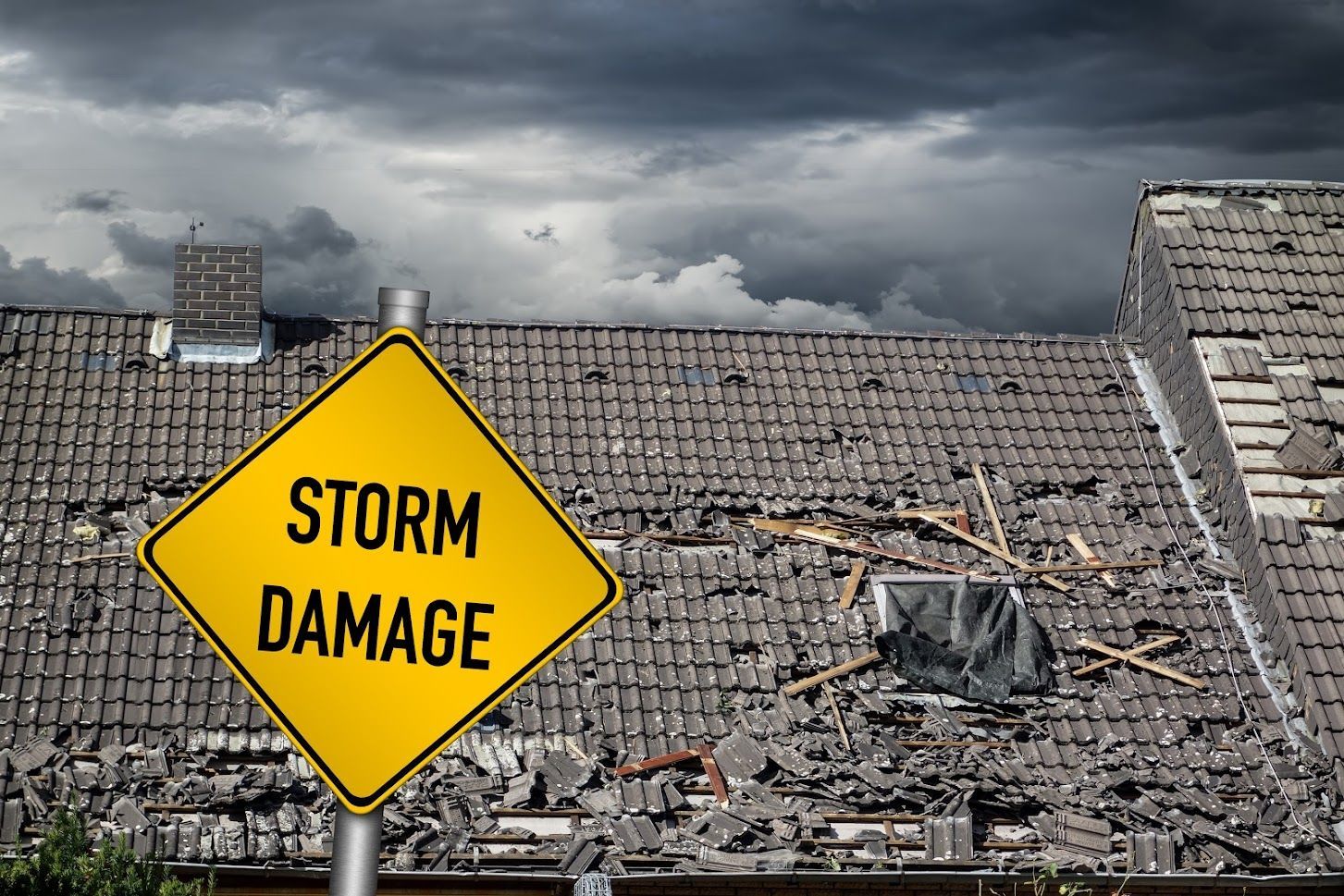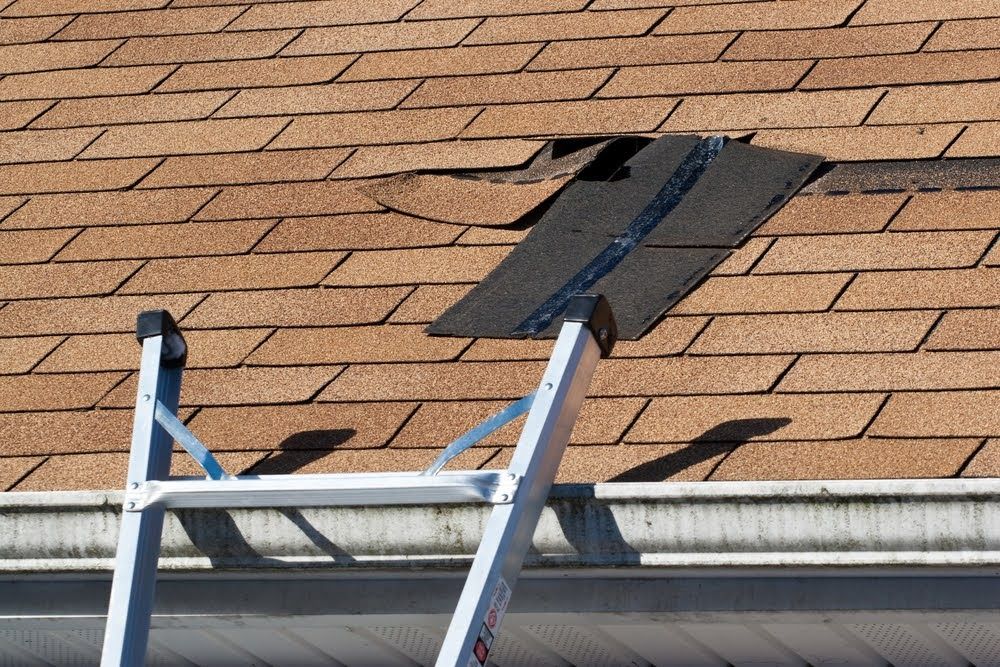Tips To Limit the Extent and Cost of Roof Hail Damage
A hailstorm can wreak havoc on your roof. However, preparation, quick thinking, and prompt actions can limit the damage. Below are specific tips for limiting roof hailstorm damage.
Before The Storm
Protecting your roof from hail damage starts long before the storm – during roof design and installation. Take these tips before the storm hits.
Choose a Hail Resistant Material
Roofing materials suffer different forms of hail damage. Some materials tear, dent, or crack. Some materials also suffer these damages easier than others. Impact-resistant shingles, slate, tile, and rubber resist hail damage considerably.
Roofing manufacturers also produce materials to withstand different threats. For example, Class 4-rated materials have the highest impact-resistant rating. Many insurance carriers also offer premium discounts for impact resistant roofs. Talk to your roofing contractor to help choose suitable material that resists hail damage.
Fix Wear and Tear
An already damaged or weak roof will suffer more damage than a structurally sound one. For example, hailstones will easily dislodge shingles with loose nails, crack curled shingles, or tear corroded metal. Maintain your roof and repair damaged sections before the storm season. Replace damaged shingles, fix loose flashing, and clear tree branches overhanging the roof.
After the Storm
The above efforts will reduce hail damage risk, but your roof is still not entirely safe from the damage. If your area experiences a hailstorm, move fast and prevent the initial damage from worsening. Below are the steps to take.
Inspect the Roof After the Storm
As previously mentioned, roofs suffer different damages during hailstorms. Walk around the house to identify the damages the roof has suffered. Watch out for:
- Shingle granules around the house or at the end of downspouts if you have an asphalt shingle roof. The granules signify damage because hailstones can strip them off the shingles.
- Damages to other items around the house, such as air conditioner units, siding, and exterior paint.
- Check the size of the hailstones; the bigger they are, the more likely they can damage the roof.
Do not attempt to inspect the roof yourself. It is best contact a professional roofing contractor for a thorough assessment.
Once damage is confirmed, contact your insurance company to schedule an inspection with your insurance adjuster. They will then confirm the extent of the damage and provide an estimate for the recommended repairs. Your preferred contractor will review the scope and determine whether the associated costs are accurate.
Mitigate the Damages
Another storm might hit before the insurance adjuster approves the repair and the contractor fixes the damage. A subsequent storm might cause even more damage if your roof is already battered and tattered. Take relevant measures to prevent further damage. For example, you can spread a tarp over damaged roof sections to prevent water leakage in case of another storm.
Use a Local Contractor for the Repair
Ideally, you should use a local roofing contractor for the repair or replacement. Many roofing contractors look for homeowners with damaged roofs after a storm. However, the ‘storm chasers’ might be hard to reach when you need them to honor a warranty issue. Evaluate the contractors' reputation and work quality before signing a repair contract.
Formula Roofing and Remodeling has decades of experience with all types of roofing materials. Our professional services can help you limit storm damage to the roof. Contact us for quotes on roof repairs, maintenance, and installation.

